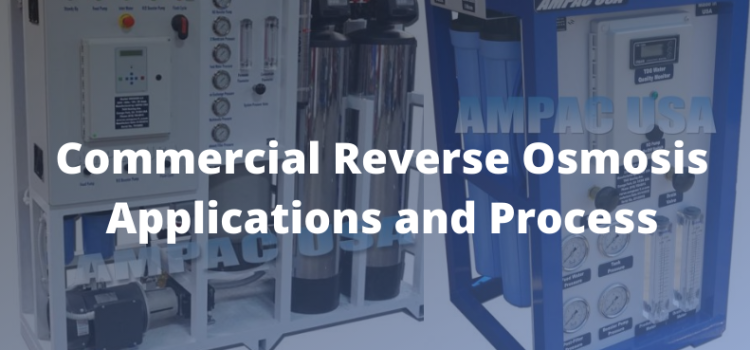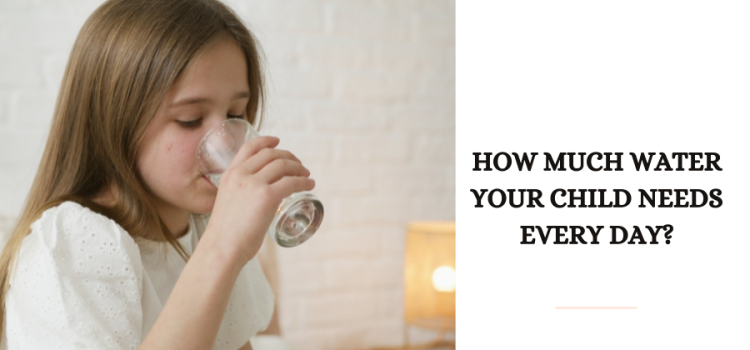Last updated on March 31st, 2025 at 12:04 pm
Zamyadi, Arash; Henderson, Rita K.; Newton, Kelly; Capelo-Neto, Jose; Newcombe, Gayle
WATER, 10 (5):10.3390/w10050590 MAY 2018
Abstract: Potentially toxic cyanobacteria have been increasingly detected worldwide in water supply systems in recent years. The management of cyanobacteria in source water and through drinking water treatment processes has been a focus of global research for over thirty years. However, despite the volume of research outcomes and the publication of guidance documents, gaps still exist in the knowledge base that inhibits the confident application of individual treatment strategies for the mitigation of aesthetic and health risks associated with cyanobacteria and their metabolites at the full-scale. The main objective of this project is to deliver a suite of tools and other resources to the water industry to support the implementation of a regulatory framework for the management of water quality for the assessment and management of aesthetic and toxicity risks associated with cyanobacteria. This study includes (1) the development of a guide (based on real-world examples) for treatment plant operators to perform plant audits and investigative sampling to assess the risk associated with cyanobacteria in their plants, and validate the performance of existing unit processes, and (2) the validation of a treatment model that can be applied at any plant and used to as a guide to the removals of cyanobacteria and metabolites and the expected quality of treated water under a range of challenges from cyanobacteria. Full-scale sampling was undertaken at three Australian regions in 14 water treatment plants to validate the model. The results presented in this paper represent a comprehensive database of full-scale removal efficiencies of 2-methylisoborneol (MIB) and geosmin for a range of water quality and treatment processes. The major findings and conclusions from this project include: (1) the investigative sampling procedures developed are effective and have been successfully applied by utilities; and (2) while routine monitoring data is important, investigative sampling within the water treatment plant provides more detailed and insightful information about the effectiveness of unit processes within the plant. This paper also identifies the knowledge gaps and needs for further studies.
ISSN:2073-4441
http://www.mdpi.com/2073-4441/10/5/590
The post Assessment of the Water Treatment Process’s Empirical Model Predictions for the Management of Aesthetic and Health Risks Associated with Cyanobacteria appeared first on Facts About Water.
Source: Water Feed








